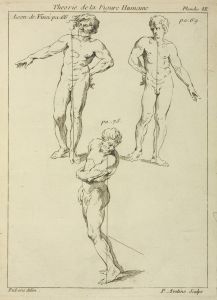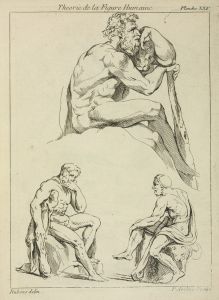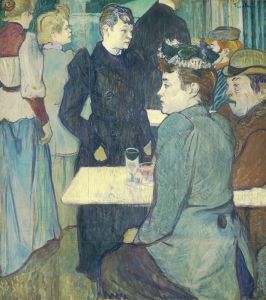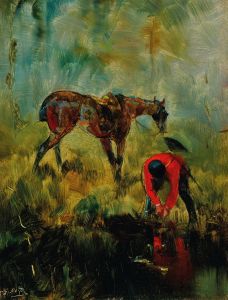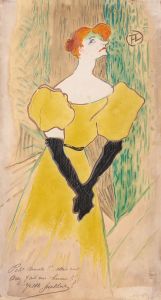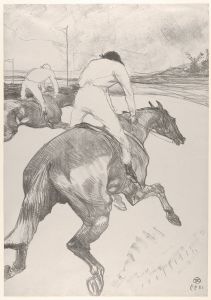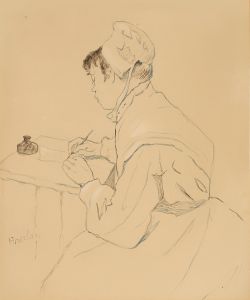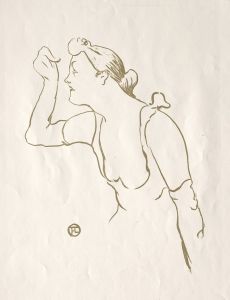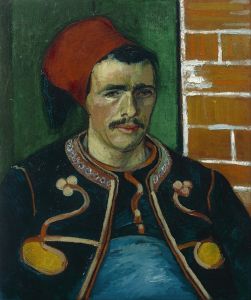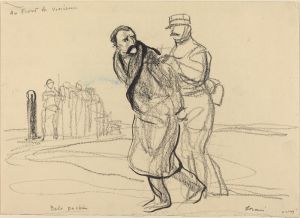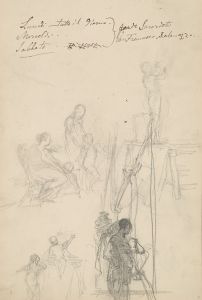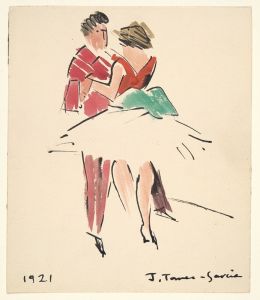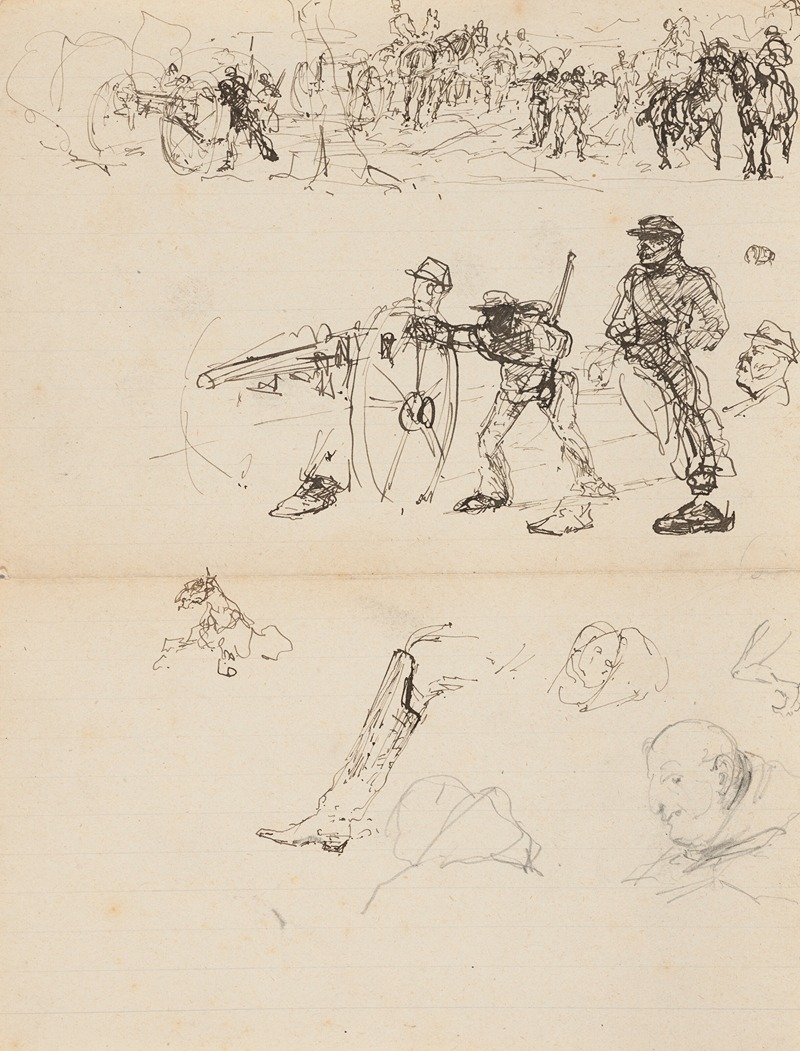
Manœuvres militaires et études diverses
A hand-painted replica of Henri de Toulouse-Lautrec’s masterpiece Manœuvres militaires et études diverses, meticulously crafted by professional artists to capture the true essence of the original. Each piece is created with museum-quality canvas and rare mineral pigments, carefully painted by experienced artists with delicate brushstrokes and rich, layered colors to perfectly recreate the texture of the original artwork. Unlike machine-printed reproductions, this hand-painted version brings the painting to life, infused with the artist’s emotions and skill in every stroke. Whether for personal collection or home decoration, it instantly elevates the artistic atmosphere of any space.
Henri de Toulouse-Lautrec, a prominent French painter, printmaker, draughtsman, and illustrator, is renowned for his depictions of the vibrant and theatrical life of Paris in the late 19th century. However, specific information about a work titled "Manœuvres militaires et études diverses" by Toulouse-Lautrec is not readily available in historical records or major art collections. Toulouse-Lautrec's oeuvre is well-documented, with his most famous works focusing on the bohemian lifestyle of Montmartre, the Parisian cabarets, and the performers of the Moulin Rouge.
Toulouse-Lautrec was born on November 24, 1864, in Albi, France, into an aristocratic family. Despite suffering from congenital health problems that affected his growth and led to a short stature, he pursued an art career with determination. He moved to Paris in 1882, where he studied under prominent academic painters and developed his unique style, characterized by expressive lines, bold colors, and a keen observation of human behavior.
His work primarily captures the essence of Parisian nightlife and the people who inhabited it, including dancers, singers, and prostitutes. Toulouse-Lautrec's art is celebrated for its candid portrayal of the human condition, often highlighting the contrast between the glamour of public personas and the vulnerability of private moments. His posters and paintings are considered significant contributions to both the Post-Impressionist movement and the development of modern art.
Toulouse-Lautrec's most notable works include "At the Moulin Rouge," "The Dance at the Moulin Rouge," and "La Goulue at the Moulin Rouge." These pieces exemplify his ability to convey movement and emotion, as well as his innovative use of composition and color. His posters, such as those advertising the performances of Jane Avril and Aristide Bruant, are iconic examples of early graphic design and have influenced generations of artists.
The absence of detailed information about "Manœuvres militaires et études diverses" suggests that it may not be a widely recognized or documented piece within Toulouse-Lautrec's body of work. It is possible that the title refers to a lesser-known drawing or sketch, as Toulouse-Lautrec produced numerous studies and illustrations throughout his career. However, without specific references or documentation, it is challenging to provide a comprehensive description or analysis of this particular work.
Toulouse-Lautrec's legacy endures through his innovative approach to art and his ability to capture the spirit of an era. His works are housed in major museums worldwide, including the Musée d'Orsay in Paris, the Museum of Modern Art in New York, and the Art Institute of Chicago. The Toulouse-Lautrec Museum in Albi, his birthplace, holds the largest collection of his works, offering insight into his artistic journey and the cultural context of his time.
In summary, while Henri de Toulouse-Lautrec remains a pivotal figure in art history, specific information about "Manœuvres militaires et études diverses" is not available. His contributions to the art world continue to be celebrated for their originality, emotional depth, and historical significance.






